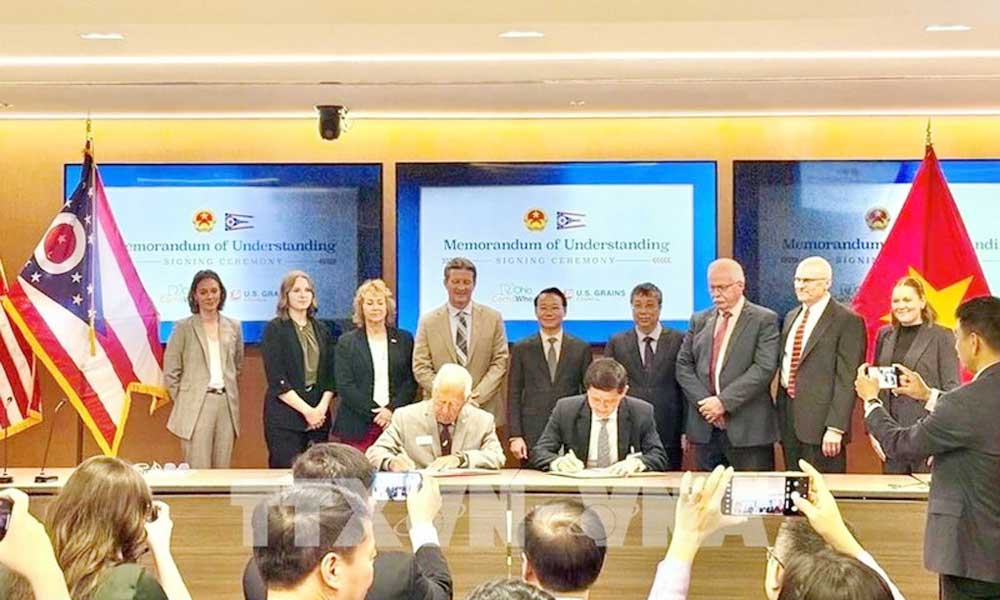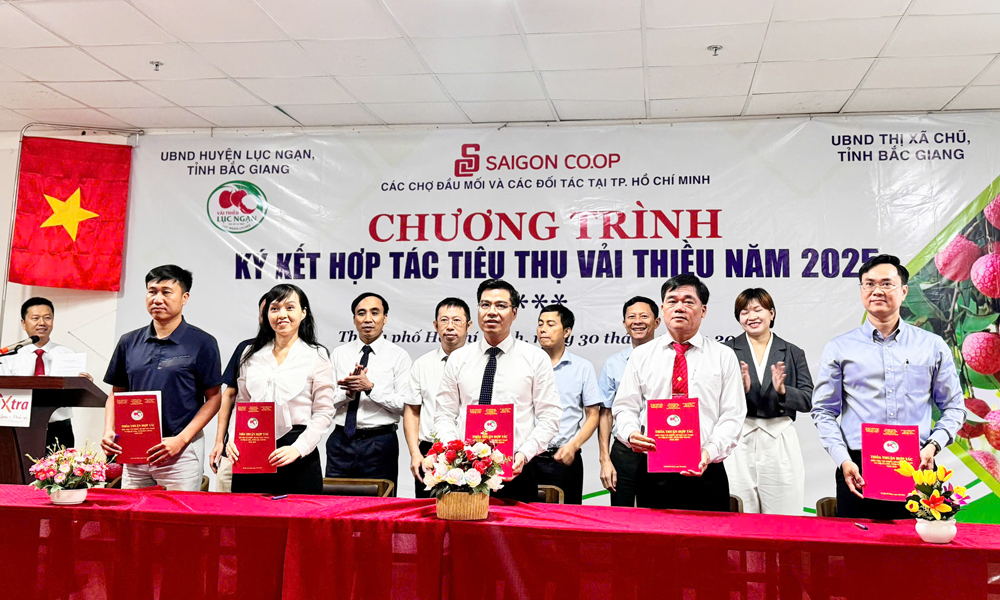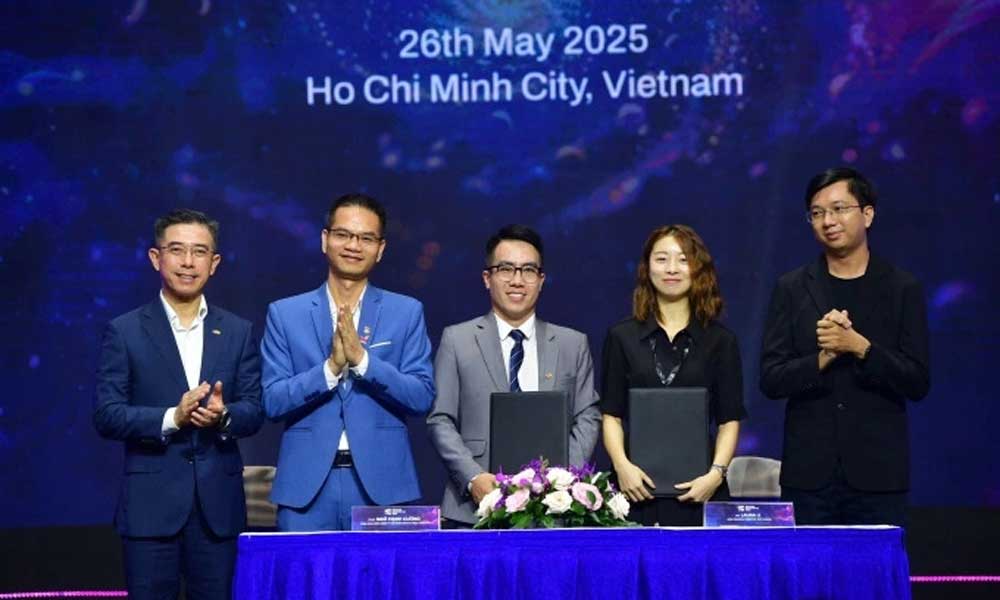Dialogue talks role of public-private partnership in Vietnam-US relations
Vietnamese Ambassador to the US Nguyen Quoc Dung reviewed key milestones in the bilateral relationship, underscoring the essential and sustained contribution by businesses from both countries, from the time before the normalisation of bilateral ties in 1995 until today, when the two sides are comprehensive stategic partners of each other.
A high-level dialogue held in Washington D.C. on June 20 spotlighted the enduring role of public-private partnerships in shaping and advancing Vietnam-US relations over the past three decades.
 |
|
The dialogue spotlights the enduring role of public-private partnerships in shaping and advancing Vietnam-US relations over the past three decades. |
The event, organised by the Vietnamese Embassy in the US, the US-ASEAN Centre, the US-ASEAN Business Council, and Arizona State University, was among a series of activities marking 30 years of bilateral relations.
In his introductory address, Vietnamese Ambassador to the US Nguyen Quoc Dung reviewed key milestones in the bilateral relationship, underscoring the essential and sustained contribution by businesses from both countries, from the time before the normalisation of bilateral ties in 1995 until today, when the two sides are comprehensive stategic partners of each other.
When Vietnam was still suffering from sanctions, many US businesses came to explore the market and laid the cornerstone for economic links.
Since the relationship normalisation, large enterprises from the US have continued to expand operations in Vietnam, practically contributing to local infrastructure modernisation, human resources development, and institutional reform.
He emphasised that the business community has served not only as a symbol of the normalidation process but also as a catalyst for long-term engagement, fostering mutual trust and strengthening ties, even during periods of political challenges.
The ambassador noted that US corporations now continue to invest actively in Vietnam while more Vietnamese enterprises are exploring opportunities in the US.
He called for maintaining enabling conditions for the two countries' private sectors to build on their strengths accumulated over the last three decades and further contribute to the Vietnam-US Comprehensive Strategic Partnership in the years ahead.
US Deputy Assistant Secretary of State Andrew Herrup echoed these views, highlighting that the bilateral partnership is driven not only by government efforts but also by robust private sector engagement and people-to-people ties.
He described the comprehensive strategic partnership as a solid foundation for deepening people-to-people connections, educational cooperation, security collaboration, and economic links.
Herrup acknowledged Vietnam as the ninth-largest trading partner of the US and the leading ASEAN country in terms of student enrollment in the US.
He also welcomed ongoing US business initiatives in Vietnam, particularly in AI, digital transformation, and education, and expressed optimism about continued US engagement in Vietnam’s dynamic transformation across sectors such as energy, infrastructure, and emerging technologies.
The forum included two panel discussions, one revisiting major developments in bilateral relations and the role of private enterprises, and another offering strategic recommendations on workforce development, digital innovation, and enhancement of Vietnam’s position in global supply chains.
Former US ambassadors to Vietnam voiced strong support for Party General Secretary To Lam's vision, which seeks to elevate Vietnam’s global standing through R&D, innovation, and digitalisation.
Academics and representatives of such firms as Intel, Boeing, and Lockheed Martin highlighted Vietnam’s promising future, citing its young and tech-savvy workforce and strong orientation toward advanced technologies such as AI and quantum computing.
Participants agreed that Vietnam is poised to play a leading role in Asia’s next chapter of growth and affirmed US businesses wish to be part of that journey, especially in the cooperation areas of the Comprehensive Strategic Partnership.
 Bắc giang
Bắc giang













Reader's comments (0)